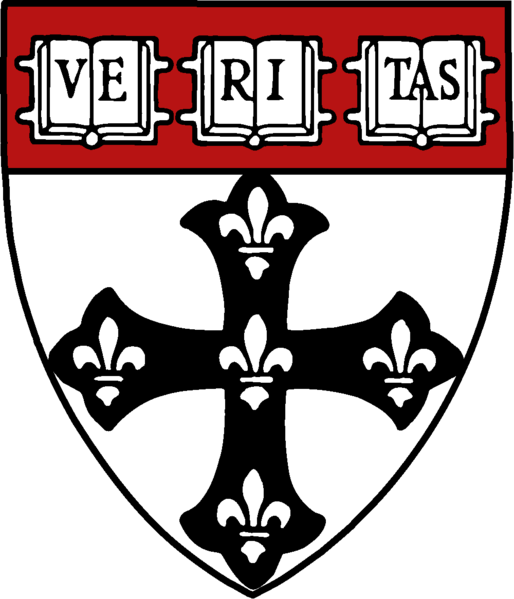Humanitarian Assistance Webcast 9: Peace Building and Humanitarian Engagement

Date/Time:
June 12, 2012 - 9:30am - 11:00am
Location:
Online, United States
Website:
https://hsphevents.webex.com/hsphevents/lsr.php?AT=pb&SP=EC&rID=5354797&...
Description:
Click here to view the recording
The scope and character of peace-building and stabilization missions significantly affect the work of humanitarian actors. Across a range of contexts, humanitarian actors must balance principled action alongside considerations of peace. An operational format that gained traction in Boutros-Ghali’s 1992 “Agenda for Peace,” peace-building encompasses dimensions of peace-making, peacekeeping, and development. Despite the emergence of “stabilisation” frameworks post-9/11, which were aimed at limiting peace-building’s expansive definition, peace-building continues to cover a multitude of possible activities designed for positive peace.
The United Nations Department of Peace Keeping Operations is currently conducting 15 missions on four continents with the service of more than 120,000 men and women. Whether the objective of a specific format is a “positive peace” (in which violence ceases and justice is secured, alongside economic and socio-political development) or a “negative peace” (in which violence subsides while the underlying structures remain in tact), humanitarians are forced to examine how assistance is being delivered and to what extent they will engage in the broader political process. For its part, peace-building is often the first step in moving beyond relief and mitigation but typically hinges on incorporating aid into integrated missions. Compared to peace-building, stabilisation presents a bigger obstacle to humanitarian actors, as it involves breaking neutrality to actively support one party to the conflict.
This Humanitarian Assistance Webcast engaged experts and practitioners to ask:
1. Are successful relief and peace-building operations intrinsically linked, or is it possible for one to succeed without the other?
2. What are the risks for humanitarian actors of engaging in peace-building activities? In what ways can humanitarians engage with communities to support the development of peace without breaking their neutrality?
3. What impact does peace-building have on the way humanitarians engage with beneficiaries and non-state groups?
Moderated by:
Christina Blunt (ATHA Project Coordinator, HPCR)
Dustin Lewis (Program Associate, HPCR)
Panelists:
Antonio Donini (Tufts University)
Dr. Claudia Hofmann (Chatham House)
Masayo Kondo Rossier (OCHA)
Further Reading: Peacebuilding and Stabilisation • UNHCR, Refugees and the peacebuilding process, November 2011, ISSN 1020-7473. • UN High Commissioner for Refugees, Better Protected? Stabilisation Strategies and the Protection of Civilians, 25 March 2011. • Abu Bakarr Bah, Humanitarian Intervention and State-Building: New Humanitarianism in Theory and Practice, Third Global International Studies Conference, August 2011. Peacebuilding, Stabilisation and Humanitarian Action • Marit Glad, Norwegian Refugee Council Discussion Paper, A Partnership at Risk?, February 2012. • Francis Kofi Ablew, Humanitarian Action Under Fire: Reflections on the Role of NGOs in Conflict and Post-Conflict Situations, International Peacekeeping Vol. 19 Issue 2, 2012. • Claudia Hofmann and Ulrich Schneckener, Engaging Non-State Armed Actors in State and Peace-Building: Options and Strategies, International Review of the Red Cross, September 2011. • Sarah Bailey, ODI HPG Working Paper, Humanitarian Action, Early Recovery, and Stabilisation in Democratic Republic of Congo, August 2011. • Antonio Donini, Between a Rock and a Hard Place: Integration or Independence of Humanitarian Action?, International Review of the Red Cross, March 2011. • Sarah Collinson, Samir Elhawary, and Robert Muggah, ODI Disasters Special Issue, States of Fragility: Stabilisation and its Implications for Humanitarian Action, September 2010. • Sultan Barakat, Sean Deely, and Steven Zyck, ODI Disasters Special Issue, 'A Tradition of Forgetting': Stabilisation and Humanitarian Action in Historical Perspective, September 2010. • Alain-Guy Tachou-Sipowo, The Security Council on Women in War: Between Peacebuilding and Humanitarian Protection, International Review of the Red Cross, March 2010.
** Please Note: Masayo Kondo Rossier's title is not accurate in the event recording, it should read Humanitarian Affairs Officer at OCHA, not Desk Officer.
In partnership with:
The objective of the Advanced Training Program on Humanitarian Action (ATHA) is to enhance the knowledge of NGOs and other relevant actors operating in the humanitarian field, and to create greater awareness of the relationship between development cooperation and humanitarian operations in complex political emergencies.




